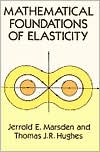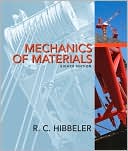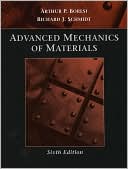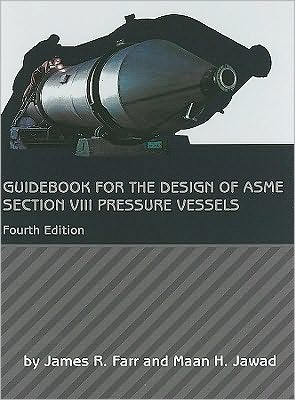Mathematical Foundations of Elasticity
This graduate-level study approaches mathematical foundations of three-dimensional elasticity using modern differential geometry and functional analysis. It is directed to mathematicians, engineers and physicists who wish to see this classical subject in a modern setting with examples of newer mathematical contributions. Relevant problems appear throughout the text. 1983 edition.
Search in google:
Graduate-level study approaches mathematical foundations of three-dimensional elasticity using modern differential geometry and functional analysis. It presents a classical subject in a modern setting, with examples of newer mathematical contributions. 1983 edition.
Preface Brief glossary of conventions and notations A point of departure 1. Kinematics 2. Balance laws 3. Elastic materials 4. Boundary value problems 5. Constitutive inequalities 6. The role of geometry and functional analysis1. Geometry and kinematics of bodies 1.1 Motions of simple bodies 1.2 Vector fields, one-forms, and pull-backs 1.3 The deformation gradient 1.4 Tensors, two-point tensors, and the covariant derivative 1.5 Conservation of mass 1.6 Flows and lie derivatives 1.7 Differential forms and the Piola transformation2. Balance principles 2.1 The master balance law 2.2 The stress tensor and balance of momentum 2.3 Balance of energy 2.4 Classical spacetimes, covariant balance of energy, and the principle of virtual work 2.5 Thermodynamics II; the second law3. Constitutive theory 3.1 The constitutive hypothesis 3.2 Consequences of thermodynamics, locality, and material frame indifference 3.3 Covariant constitutive theory 3.4 The elasticity tensor and thermoelastic solids 3.5 Material symmetries and isotropic elasticity4. Linearization 4.1 The implicit function theorem 4.2 Linearization of nonlinear elasticity 4.3 Linear elasticity 4.4 Linearization stability5. Hamiltonian and variational principles 5.1 The formal variational structure of elasticity 5.2 Linear Hamiltonian systems and classical elasticity 5.3 Abstract Hamiltonian and Lagrangian systems 5.4 Lagrangian field theory and nonlinear elasticity 5.5 Conservation laws 5.6 Reciprocity 5.7 Relativistic elasticity6. Methods of functional analysis in elasticity 6.1 Elliptic operators and linear elastostatics 6.2 Abstract semigroup theory 6.3 Linear elastodynamics 6.4 Nonlinear elastostatics 6.5 Nonlinear elastodynamics 6.6 The energy criterion 6.7 A control problem for a beam equation7. Selected topics in bifurcation theory 7.1 Basic ideas of static bifurcation theory 7.2 A survey of some applications to elastostatics 7.3 The traction problem near a natural state (Signorini's problem) 7.4 Basic ideas of dynamic bifurcation theory 7.5 A survey of some applications to elastodynamics 7.6 Bifurcations in the forced oscillations of a beam Bibliography, Index








